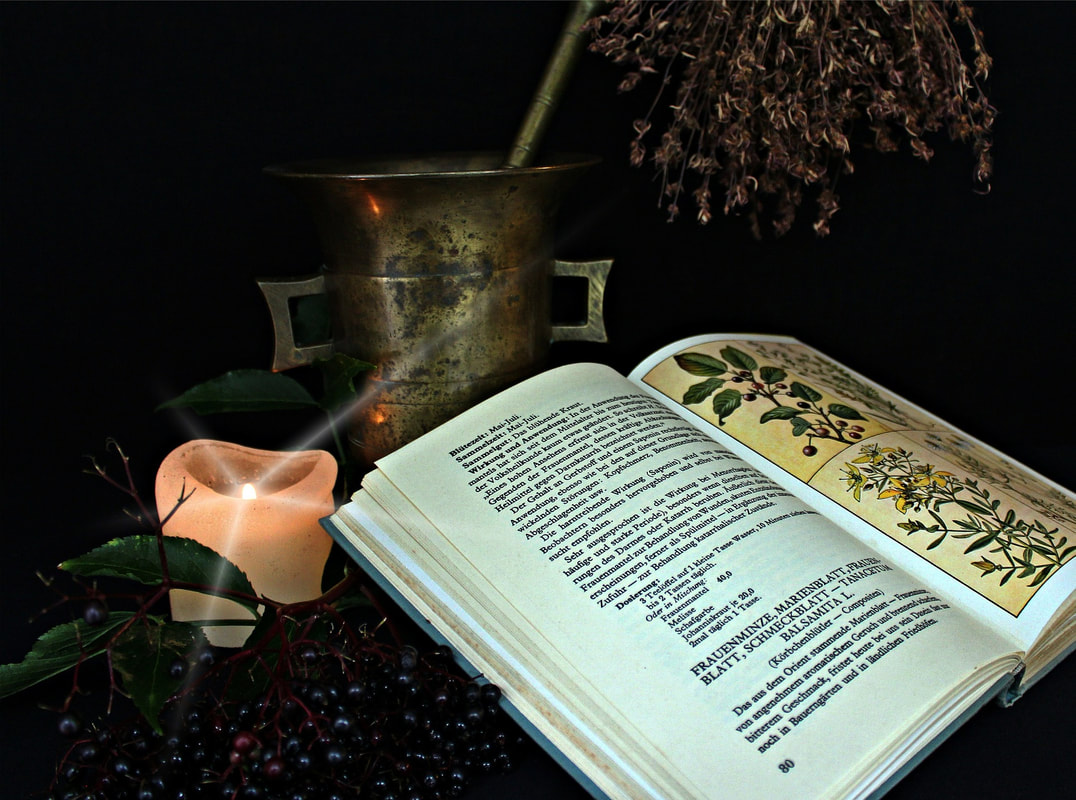
Wicca, on the other hand, is fast becoming accepted as the ‘new pagan religion’ with its doctrines drawing heavily on an eco-feminine shadow-image of Christianity. This again is nothing new, since Christianity itself absorbed many of the existing pagan festivals and celebrations into the Church calendar (including an identification of the Virgin Mary with Isis), and contemporary paganism is merely reclaiming its own. But in reality, even in the days before the Christian invasion, not all of the pagan populace were skilled in the Craft of witches.
To use a natural analogy, the differences between witchcraft and paganism per se is to liken them to the relationship between the domestic and the wild cat. To the casual observer there is little difference. Just as the similarities between the modern wild cat (felis sylvestris) and the house cat (felis catus) are so great and the differences so few, that it is difficult to establish any authentic genealogy. There is evidence that wild cats have mated with domestic cats and domestic cats can survive in the wild having gone feral, but they don’t usually move far from human habitation and will quickly revert if given the opportunity. The wild cat, however, cannot be handled or tamed; even as a small kitten it is extremely ferocious.
In appearance it is difficult at a distance to distinguish a wild cat from a large domestic tabby that has gone feral, but (as with witchcraft and paganism), the subtle differences are there, if you know where and how to look. For example: paganism (including Wicca) has developed a very strong community spirit in recent years, with everyone at public events joining hands to celebrate the festivals, organized around the nearest weekend coinciding with a formal Wheel of the Year.
Pagans believe that information should be available to all, and that everyone has the right to access all esoteric knowledge. Many pagans are highly suspicious of witches and some will deny that they practice any form of magic at all. Paganism caters for teenagers within the community and actively encourages them to attend the fairs, buy the books and any appropriate accoutrements. Pagans claim to worship Nature in the persona of ‘the Goddess’, while the generally accepted pagan motto is: ‘And it harm none, do what you will’.
Witchcraft is not bound by social rules and conventions, only by the personal morality of the individual, and is governed solely by the natural tides. Any form of magical working or spiritual observance tends to be of a solitary nature, or in the company of tried and trusted people. Witches believe that esoteric knowledge should be kept hidden because it is impossible to convey the meaning of the ‘true mysteries’ without the appropriate teaching. Traditional witches are now rarely seen at pagan events, and hold that any ritual equipment will be acquired as and when it is necessary. The witch learns his or her Craft along the way, and pays homage to
Nature but in a more abstract form that the textbooks will allow, something along the lines of Blake’s Auguries of Innocence:
‘To see a World in a grain of sand,
And a Heaven in a flower,
Hold Infinity in the palm of your hand
And Eternity in an hour’
The Old Craft motto is ‘Trust None!’ although it could well be taken from the motto of several Scottish clans: ‘Touch not the [wild] cat without a glove’. Which path will you ultimately tread?
The ‘X’ extract taken from the collection of essays in The Dictionary of Magic & Mystery compiled by Melusine Draco and published by Moon Books. Available in paperback (370 pages) and e-book format. www.moon-books.net

 RSS Feed
RSS Feed